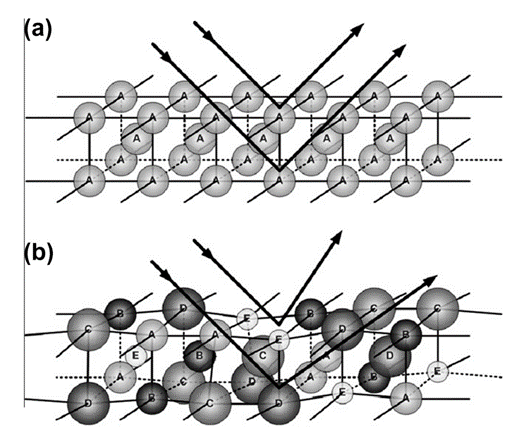ASSIGNMENT
Advanced Transparent Optical Materials (ATOM) study on enhanced entropy alloy oxidation
Contact: Martijn Homsma, m.d.homsma@utwente.nl ; and/or Wesley van den Beld, w.t.e.vandenbeld@utwente.nl
Introduction
High Entropy Alloys (HEA) are a recent material category which shows excellent mechanical and chemical properties. One such property is delayed oxide transitions, with studies showing that for some thick film HEAs self-limiting oxide growth can be achieved. However, this effect is poorly understood for surfaces and ultrathin films (<100nm). This assignment focusses on figuring out the physical and chemical effects taking place in low (2 elements), medium (3 or 4 elements) or high (5 or more elements) entropy alloys in oxidizing environments, based on transition metals.
See also: https://doi.org/10.1016/j.pmatsci.2013.10.001 , https://doi.org/10.1016/j.surfcoat.2022.128729 and https://doi.org/10.1016/j.surfcoat.2019.07.080
Master Assignment
- Modelling of physical and chemical induced changes in transition metal alloys due to oxygen exposure at elevated temperatures.
- Investigate the role of entropy and/or specific metals used in this model
- Work in the XUV lab: depositing of thin film alloys of according to own defined research plan
- Literature study on the chemistry of nanoscale oxidation mechanics
- Perform oxidation tests on the deposited films
- Characterize induced changes (e.g. crystallinity changes, density changes, thickness changes, roughness changes, etc)

Figure: X-Ray Diffraction (XRD) changes caused by intermixing various elements [Zhang14]
Job Features
| Job Category | Bachelor Assignment, Final assignment |

